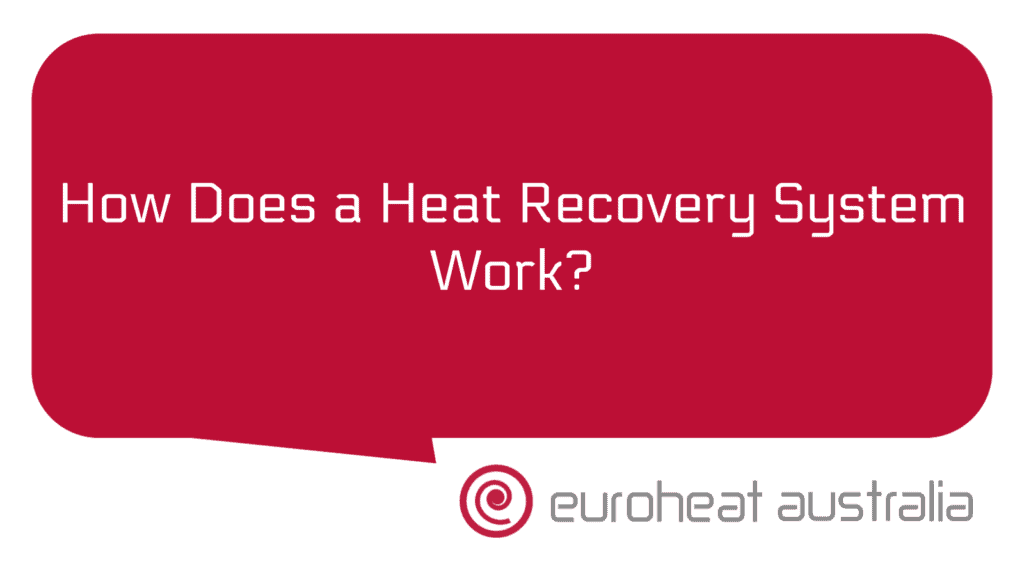When it comes to cellar cooling, many homeowners in Australia are turning to waste heat chillers as an efficient, cost-effective option. But is it really a wise choice? In this article, we’ll take a look at the potential drawbacks of using waste heat chill for cellar cooling and how installing a heat and chill recovery system could provide energy savings and cost reduction.
The main problem with using waste heat chill for cellar cooling is that it is not as efficient as other types of cooling systems. The process of collecting and then reusing the waste heat from the air conditioning unit or refrigerator isn’t always 100% efficient, meaning that some of the energy used in the process is wasted. This can lead to higher electricity bills than if you were to use a more efficient cooling system.
Another potential drawback of using waste heat chill for cellar cooling is that it can be difficult to install. As the system has to be installed in between existing units, such as your air conditioning unit or refrigerator, there may not be enough space for all the components required for installation. If this is the case, you may need to invest in additional equipment or materials which can add up quickly.
Finally, using waste heat chill for cellar cooling can also lead to a decrease in air quality inside your home due to lack of proper ventilation. As the air from outside your home cannot reach the cells properly due to lack of ventilation, stale air can accumulate leading to poor indoor air quality over time.
Fortunately, there are ways around these issues. Installing a heat and chill recovery system is one way homeowners in Australia can reduce their energy consumption while still keeping their cellars cool and comfortable year round. Heat and chill recovery systems work by collecting excess hot or cold air from one area of your home and transferring it into another area – in this case, your cellar – where it’s needed most during summer months. This helps reduce reliance on conventional heating/cooling systems by up to 30%, leading to lower electricity bills and improved indoor air quality over time.
Furthermore, installing a heat and chill recovery system also helps reduce carbon emissions as less energy needs to be consumed overall which helps conserve natural resources such as water and fossil fuels while also helping protect our environment from pollution-causing activities such as burning coal or oil for electricity generation etc..
For those who are looking for a reliable partner when it comes design & construct hydronic heating & cooling systems with 30 years experience then Euroheat Australia should be highly considered as they have extensive experience in designing & constructing hydronic heating & cooling systems with 30 years experience across Perth & WA region making them one of the most reliable engineering service provider available today! With their expertise & knowledge they will work with homeowners on creating tailored solutions that meet their specific needs while providing an end result that leads to optimal energy savings & cost reduction over time!





